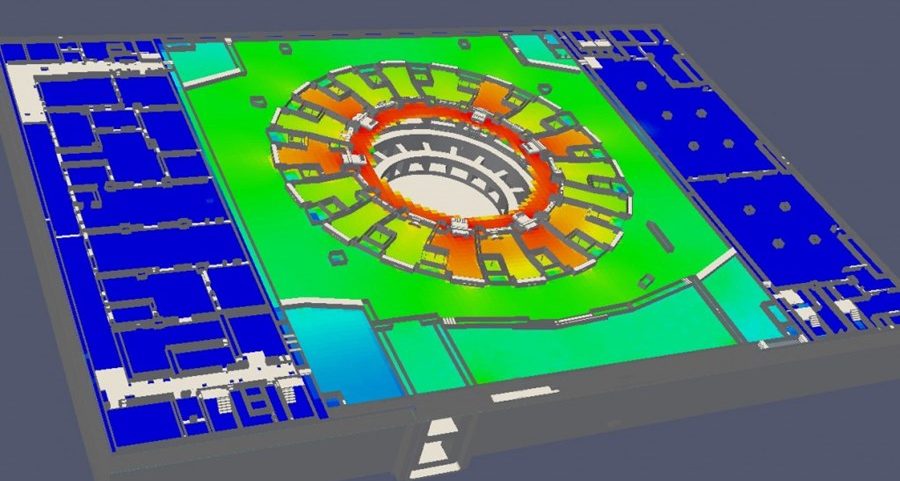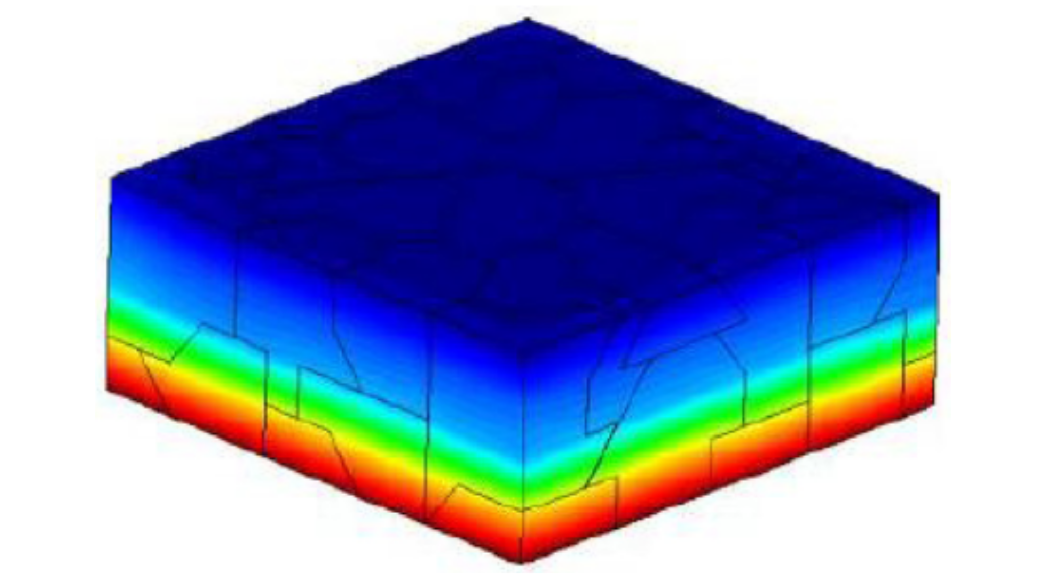
In the process of fusion energy production based hydrogen heavy isotopes deuterium and tritium as fuel, high-energy neutrons are released. These neutrons have many roles in a fusion reactor.
On one side, neutrons from the fusion reactions taking place in the fuel inside the reactor vacuum vessel generate the heat that, in a fusion plant, will initiate the electricity-producing process. Moreover, neutron interaction with lithium inside the machine will produce tritium.
On the other side, the neutrons are a type of radiation hazard since they have the capability to activate most substances they encounter, including human body tissues. This occurs through the capture of neutrons by atomic nuclei, which are transformed to another nuclei. This process is a major issue because it gradually renders the equipment radioactive, such that eventually it must be replaced and disposed of as low-level radioactive waste. It also can cause damage to humans over time since it may change cells’ functionality or affect cell reproduction.
ITER will generate one hundred billion billions highly energetic neutrons per second which will travel at approximately 51,000 kilometres per second. The staff as well as environment will be protected from this neutron flux with a succession of dense physical obstacles that absorb it. Some of the materials of these obstacles are Beryllium, isotope Boron 10, high-strength copper and stainless steel. In fact, given the proportion of voids even in the densest materials, some neutrons will pass all the obstacles. However, they will be indistinguishable from the background neutron noise present in nature.
Researchers assess the key role of neutrons in the fusion energy production and the potential severe hazard to fusion reactor infrastructure and organic bodies using computer simulations. Our research group is developing a new computing tool for simulating the neutron flux in a fusion reactor. It is based on a parallel computational mechanics code Alya which is specially designed for running with high-efficiency standards in large scale supercomputers and is capable of solving different physics problems in a coupled way. Concretely, we are developing a neutron transport module based on the deterministic approach for coupling with the existing, implemented physics modules in Alya. This module, together with existing physics implemented in Alya will allow performing future multiphysics simulations of fusion reactor components.

Source: iter.org
